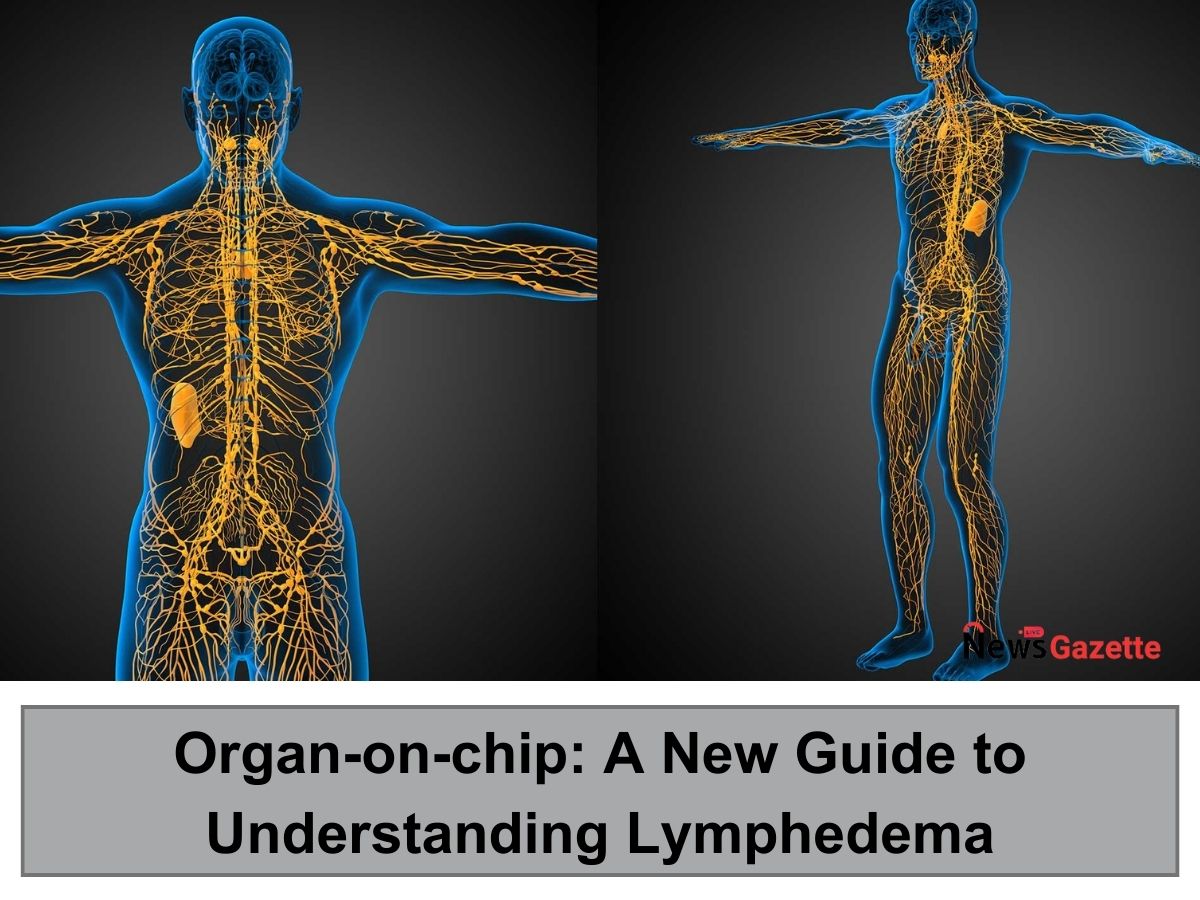
Organ-on-chip: A New Guide to Understanding Lymphedema
In today’s world, millions of individuals are forced to mindlessly battle their bodies. With conditions that trigger the self-destructive nature of a biological system, the medical community is often helpless due to a lack of understanding of the disease mechanism. Such an affliction that affects the lives of countless people globally is lymphedema—described as a chronic condition wherein partial or complete failure of the lymphatic system results in stagnation of lymphatic fluid in the body.
With about 250 million reported incidences worldwide, the disease is often associated with cancer treatment. Surgeries and radiation therapies for gynecologic or breast cancer are some of the leading causes of lymphedema in the US. Despite its prevalence and knowledge of pathology, scientists could not come up with a definitive treatment. The main reason is a complete lack of understanding of the molecular pathways involved in the prognosis of the disease. Overcoming these trying times, 3D cellular models emerged as a glimmer of hope from the forefront of medical sciences.
The continuous leakage of fluids from blood vessels into tissues in lymphedema gives rise to various secondary symptoms. These include swelling, pain, infections, etc. Untreated prolongation of the disease and its symptoms significantly affects the quality of one’s life and can lead to severe organ damage. However, to treat the disorder’s root, scientists need to understand the fundamental signaling pathways involved and the point of dysregulation. The recent study conducted by Proceedings of the National Academy of Sciences (PNAS) in collaboration with Boston University came as a game-changer. In order to explain the elusive nature of lymphedema, a tiny 3D cell culture model was created. Mimicking the function of lymphatic vessels, this model explored the action of several inflammatory molecules in our bodies.
Read Also: Advanced Studies Link Alzheimer’s Disease to Glaucoma
The 3D culture, dubbed as ‘Organ on a chip’, provided a platform to study drainage fluid that accumulates in tissues via the lymphatic vessels. Dr. Chris Chen, a biomedical engineer at Boston University, described lymphedema as a “condition characterized by the buildup of fluid in the body due to a malfunctioning lymphatic system.” As the disease mainly involves an abnormal lymphatic system, researchers targeted several proteins in a trial-and-error method. Extensive experimentation on the lymphatic-on-chip device was able to isolate inflammatory cues during injury that may be responsible for the decrease in fluid drainage. Before the study, certain cytokines were hypothesized to be involved in pathology by degrading cell-to-cell adhesion in the lymphatic vessels. Surprisingly, these cytokines didn’t demonstrate any significance in weakening the connections between lymphatic cells. On the contrary, they tightened them.
In another experiment, researchers also found that targeting a protein called ROCK2 effectively aided abnormal junctions. They managed to reverse lymphedema in mice. Using the model, scientists discovered earlier that tightening cell-cell junctions is responsible for closing the space between them, thus preventing fluid from passing through. On a molecular level, the presence of a receptor known as JAM-A at the junctions plays an essential role in the regulation of drainage. The target protein ‘ROCK2’ is an inhibiter of JAM-A, preventing fluid drainage. Armed with this invaluable knowledge, researchers worldwide can engage in drug discoveries targeting these two key molecules.
The researchers involved in the studies hope that the organ-on-chip models specifically engineered to mimic human pathologies continue to aid in understanding the lymphatic vascular biology of several other organs. This technology is meant to open new avenues to treat various conditions. Holding immense promise as a groundbreaking approach for managing several chronic diseases, researchers continue to unravel the complexities of several disorders and refine their existing techniques.

Carae Wagner specializes in reporting on the healthcare sector, with a specific emphasis on digital health, gene therapy, viral vectors, and public policy. She holds degrees in English and Psychology from the University of Virginia. Her writing has been featured in publications such as Forbes, Slate, C-Ville Weekly, and various others. She maintains a focus on anxiety disorders and depression and aims to explore other areas of mental health including dissociative disorders such as maladaptive daydreaming.
